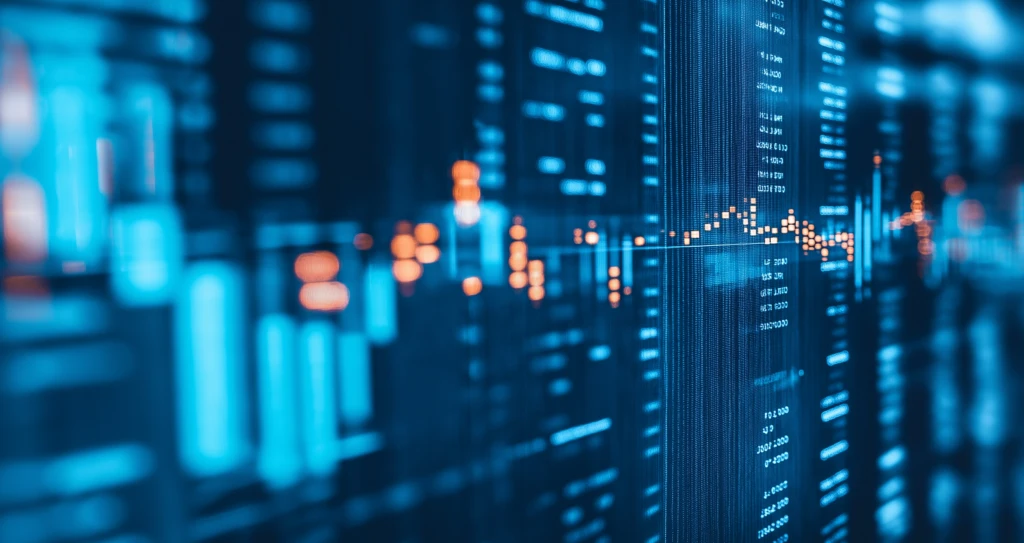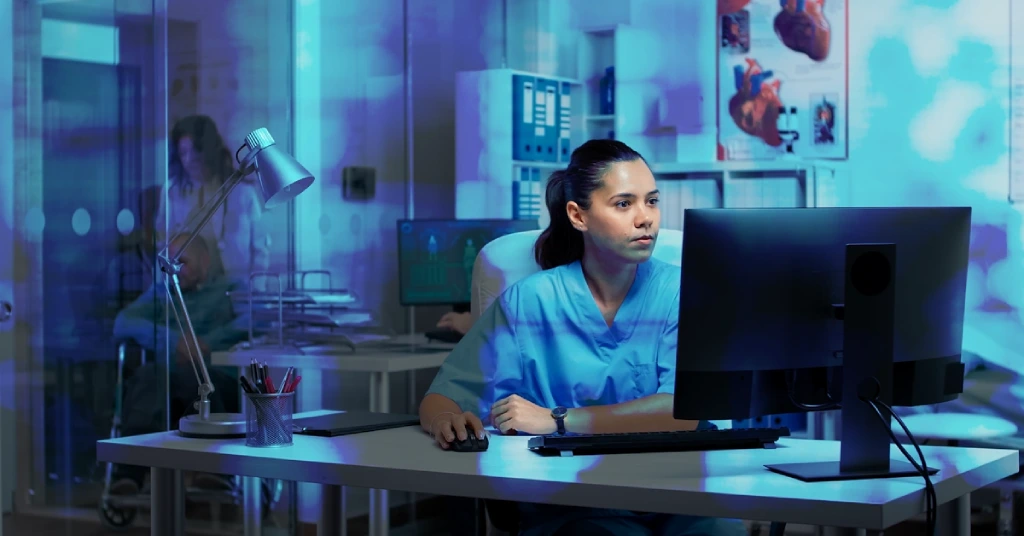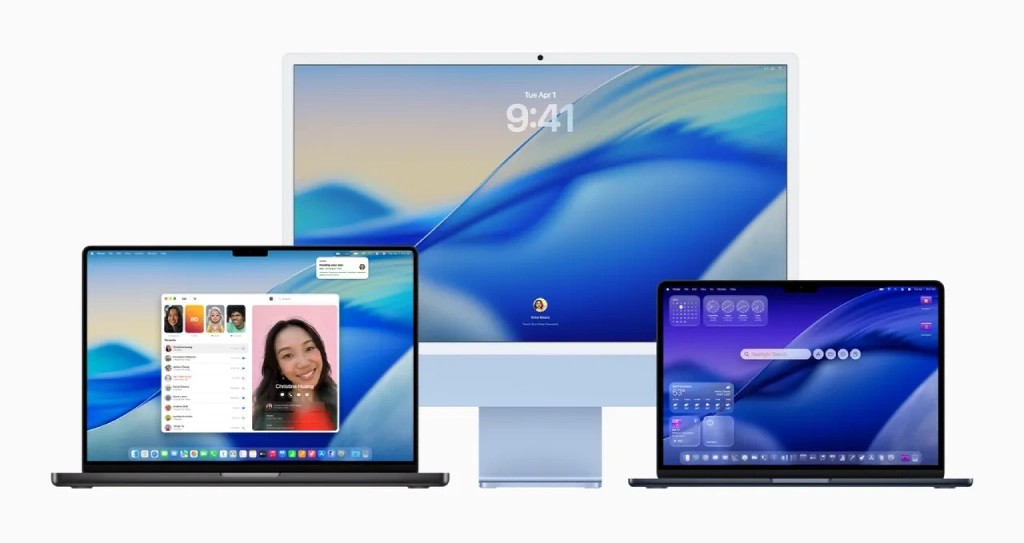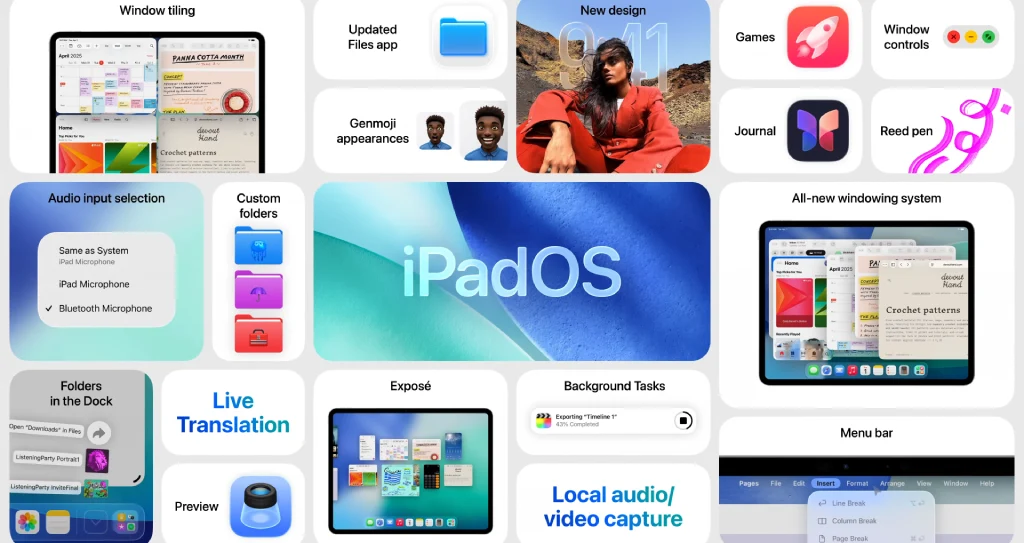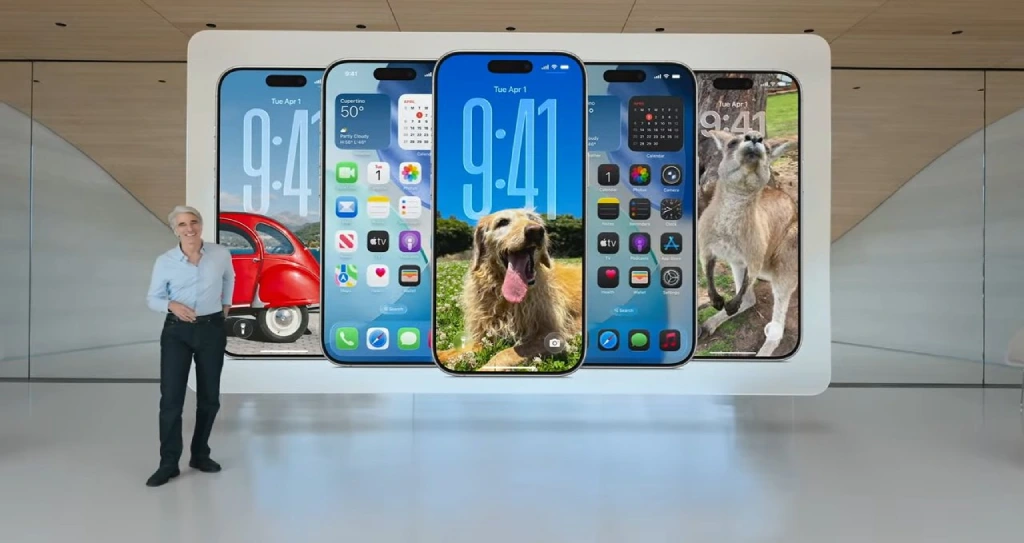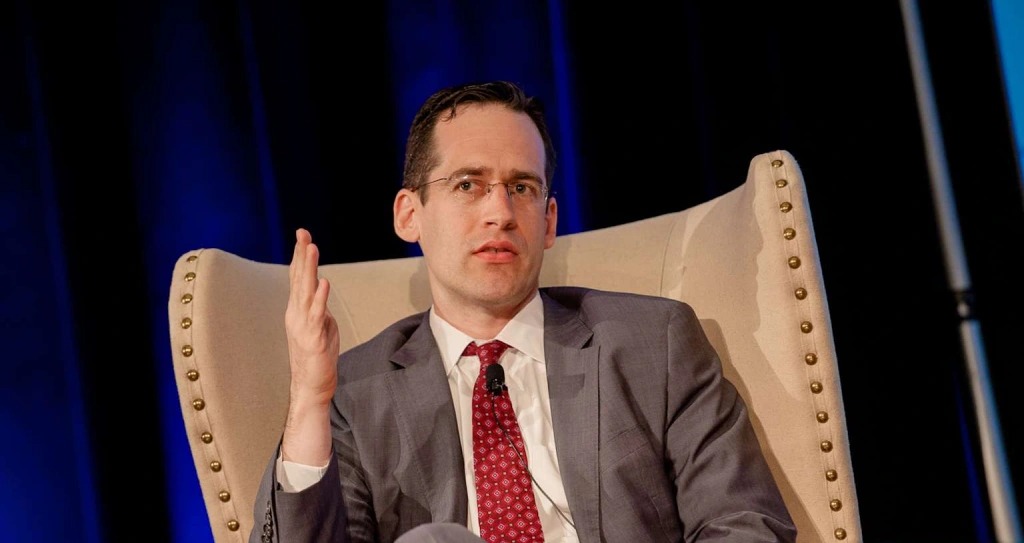Why Investing In Growth-Stage AI Startups Is Getting Riskier And More Complicated
There has never been a more thrilling—or dangerous—time to invest in AI businesses. Large corporations like Google, Microsoft, and OpenAI are rapidly expanding their capacity to engulf many of the products and services provided by smaller businesses. At the same time, new businesses are progressing through the growth stage far more quickly than in the past. But defining “growth stage” in AI startups is not so cut-and-dried today. Onstage at TechCrunch Sessions: AI on Thursday, Jill Chase, a partner at CapitalG, stated that she is seeing an increasing number of startups that are just a year old but have already achieved tens of millions in recurring income annually and a valuation of over $1 billion. Those businesses may be considered mature because of their income and valuation, but they frequently lack the executive, hiring, and safety infrastructure that is required. On the one hand, that is quite thrilling. It embodies this new, incredibly rapid growth tendency, which is fantastic,” Chase remarked. “However, it is a little frightening since I am going to pay $X billion for a business that did not exist a year ago, and things are moving so fast.” […]

